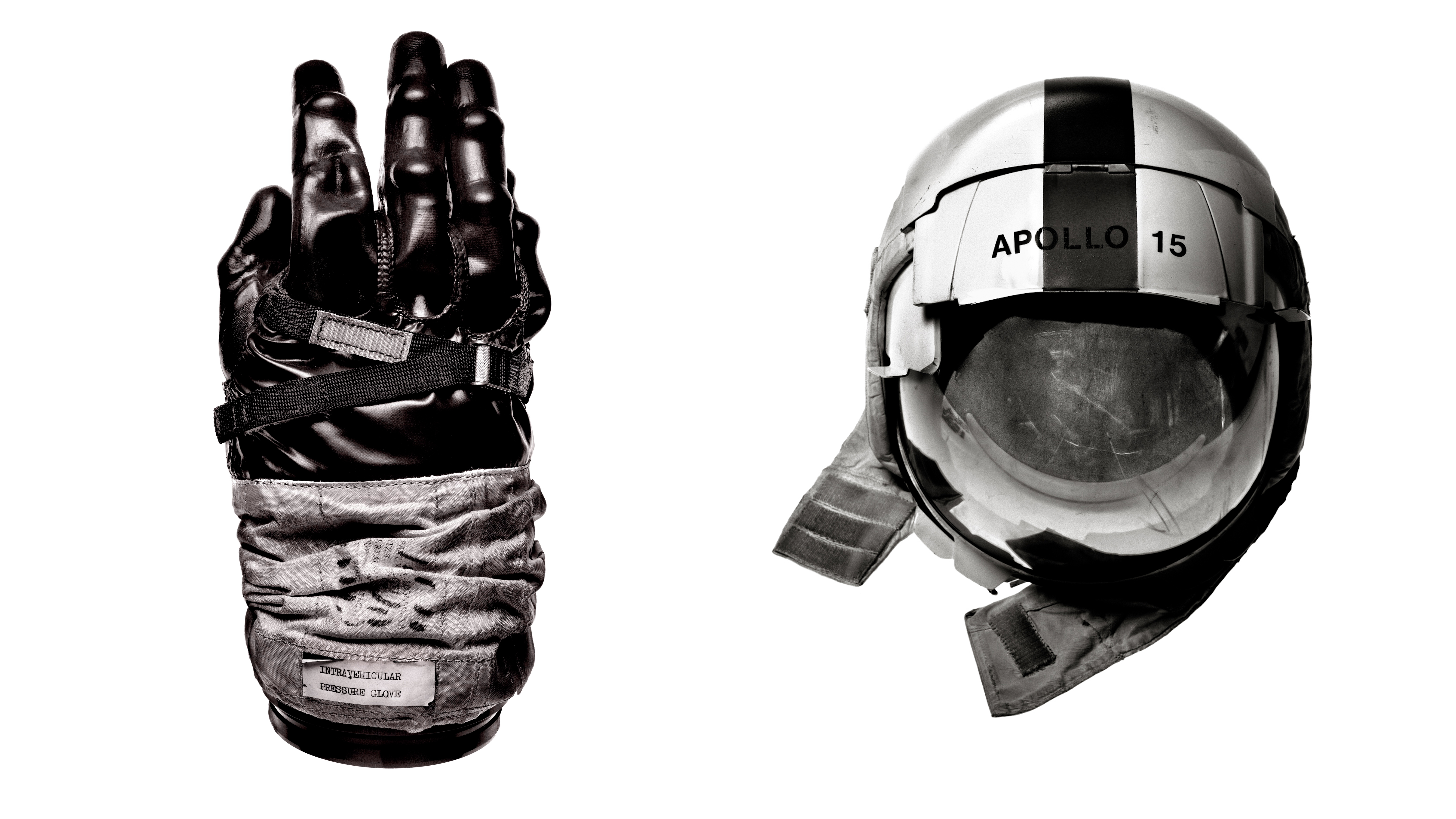Best budget camera phones in 2025: the best cheap camera phones right now
The best budget camera phones still deliver good pictures and video capability. Low cost doesn't have to mean low quality!
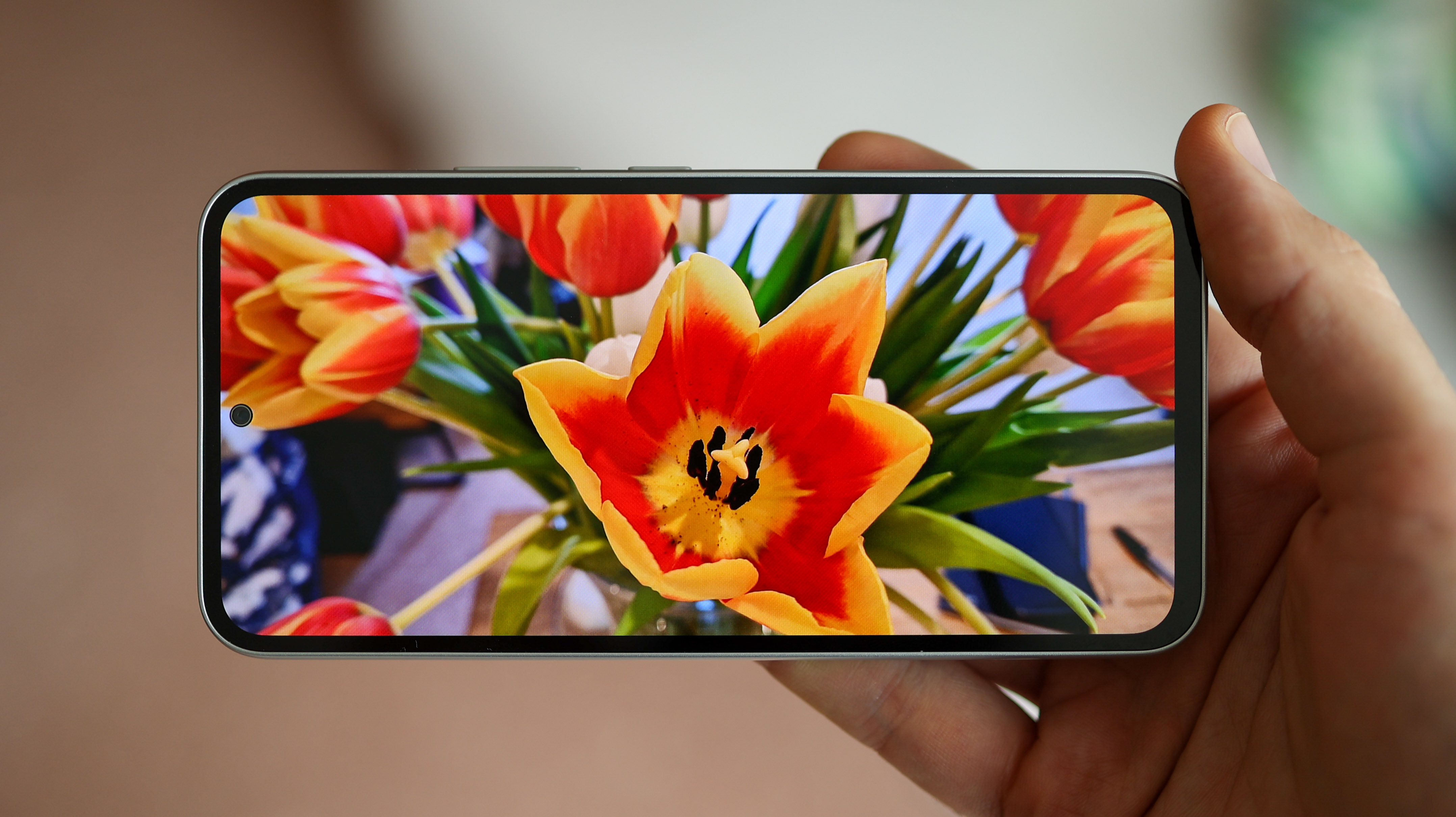
The best budget camera phones have revolutionized popular photography, offering impressive imaging capabilities without breaking the bank. Budget-friendly devices now pack sophisticated sensors, multiple lens configurations, and advanced computational photography features that were once reserved for flagship models.
This guide explores the top budget-friendly smartphones that deliver exceptional image quality, proving that you don't need to spend a fortune to get professional-looking photos and videos right from your pocket. Don't get us wrong: if you want the latest, premium specs, you'll need to spend more (a lot more) on the best camera phones. At the opposite extreme, if you're not bothered about photography at all, you can save even more cash with our guide to the best burner phones.
The Quick List
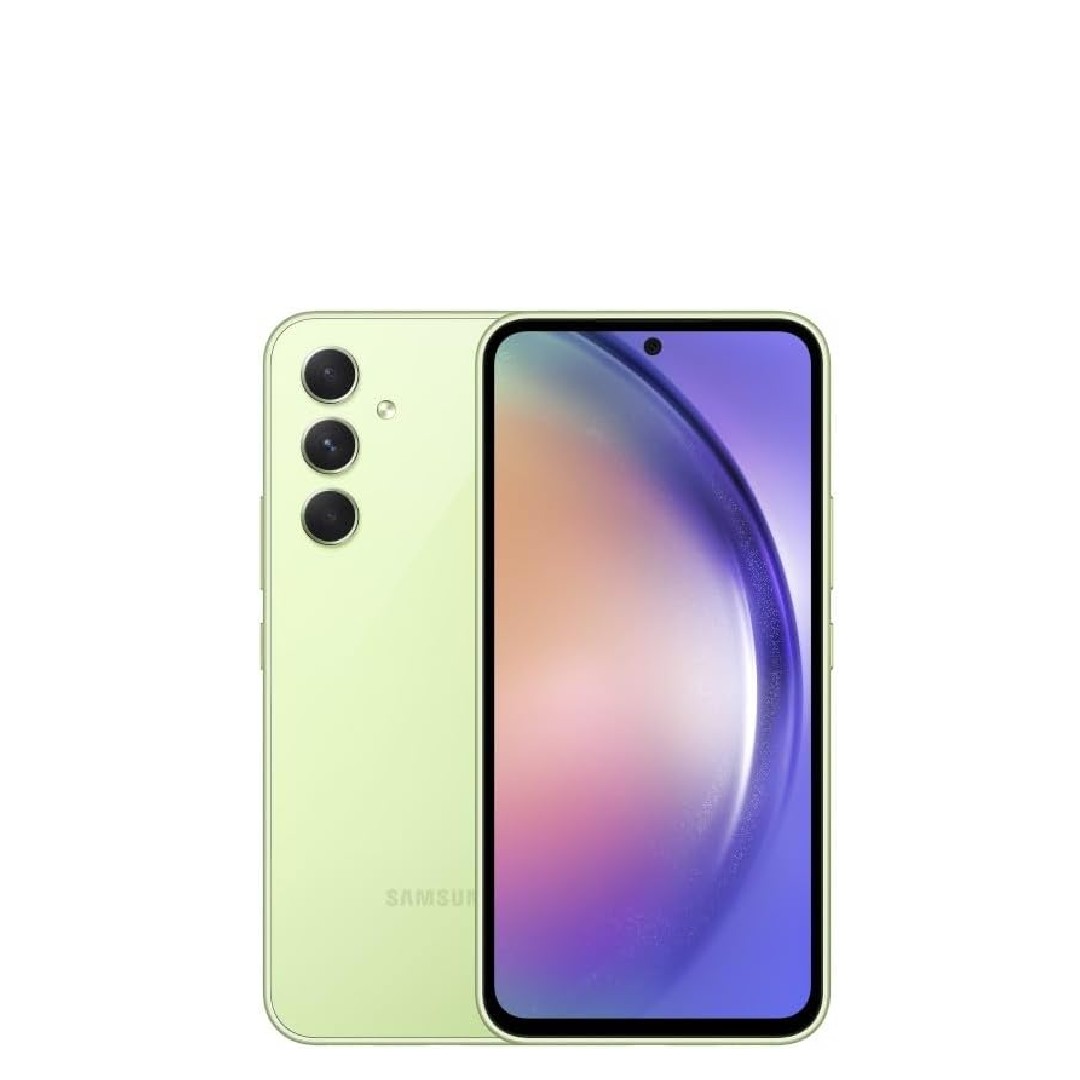
If you can appreciate Samsung’s very saturated, high-impact look, then the A54 could be the best budget camera phone for you. Photos are clear and sharp, with excellent resolution, and shots and videos look good, even at night.
Read more below
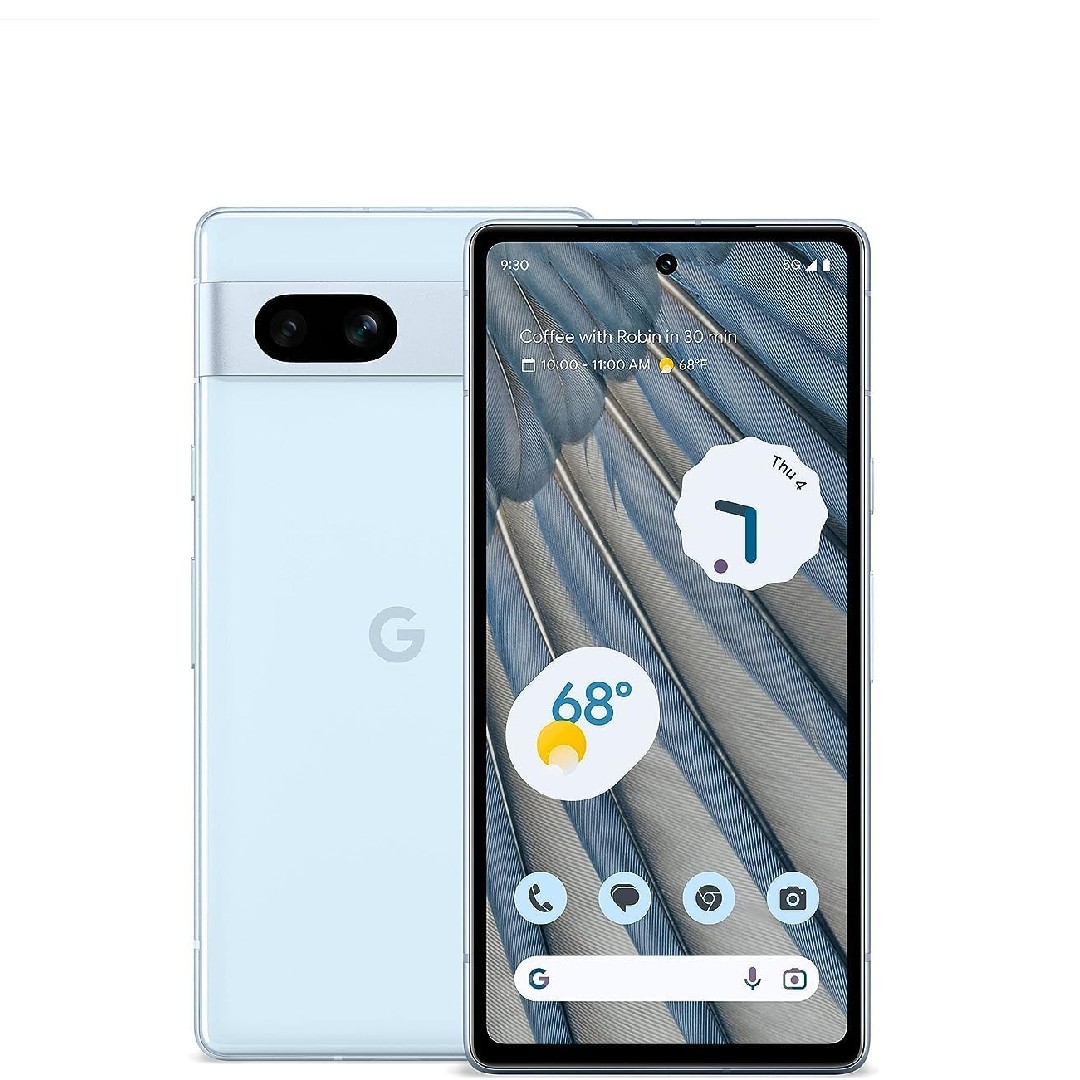
The Pixel 7a is a fun little device packed with helpful features. It might not be the best overall phone, but it certainly offers the most value for money, with outstanding camera software, heaps of processing power, and a low price.
Read more below
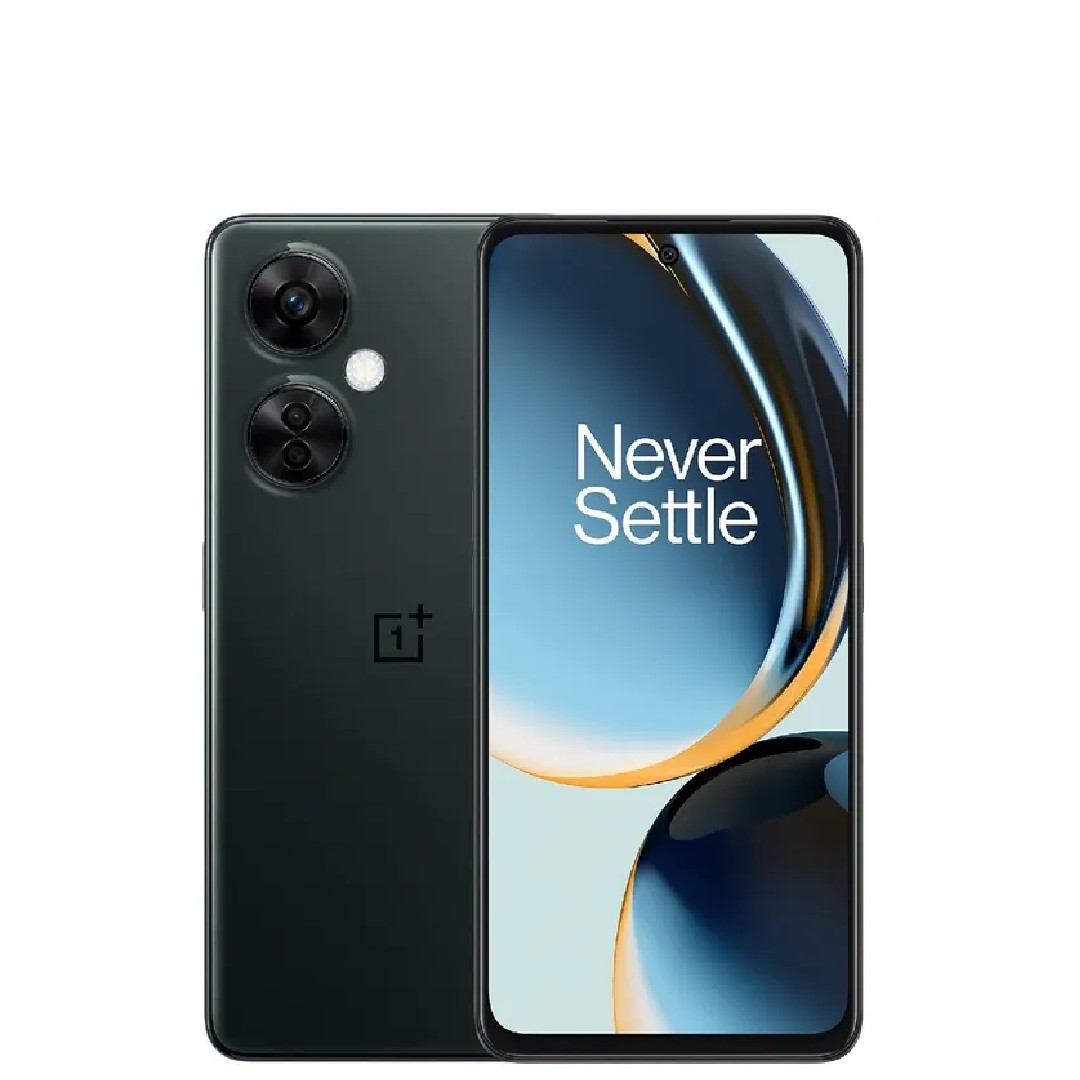
You may not have heard of OnePlus, but this sophisticated phone offers great value for the price. Its strengths include an expansive 6.72-inch 120Hz display, excellent battery life from the 5,000mAh battery and 50W wired charging.
Read more below
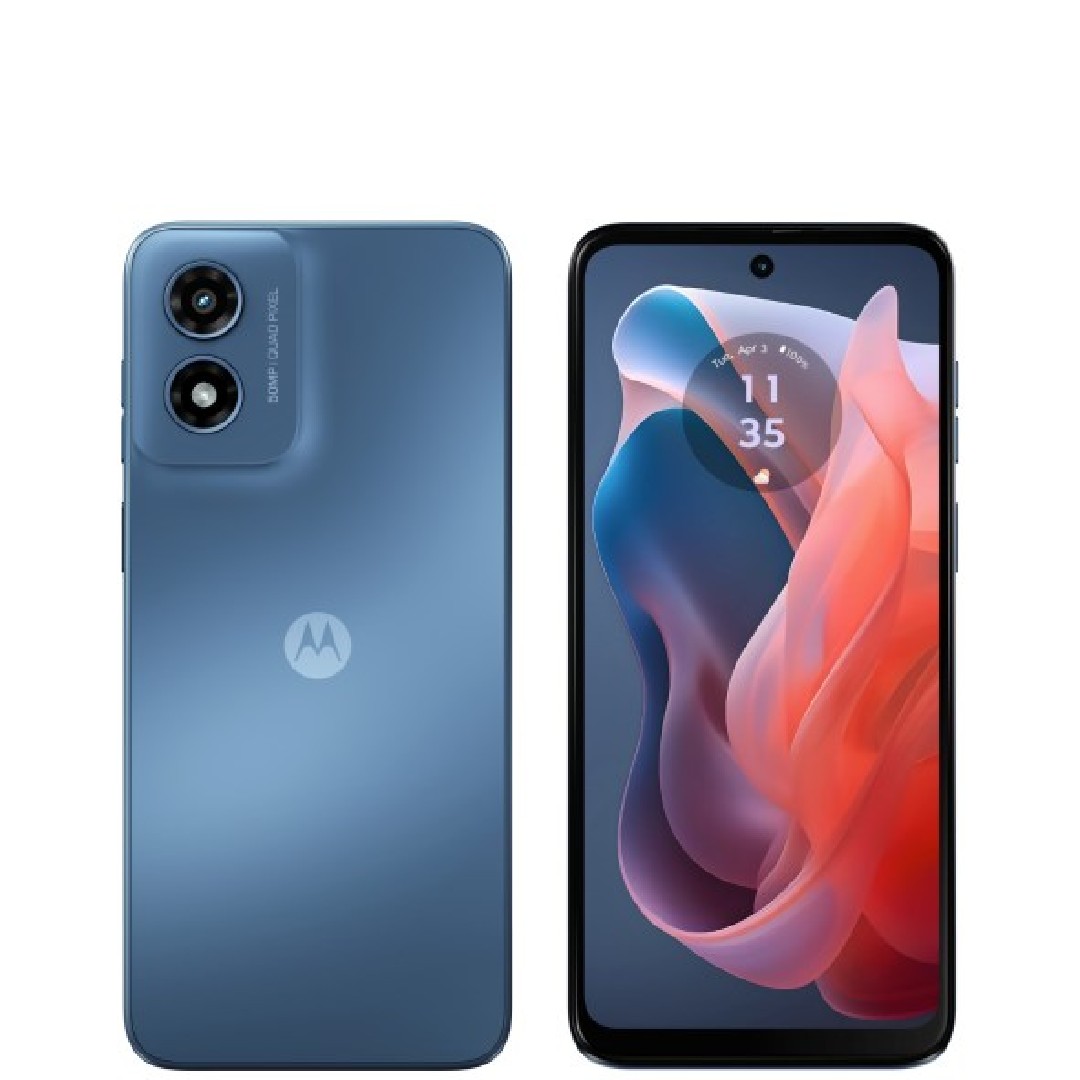
A 50MP camera phone for just $150? Yes, that's right! The Moto G Play (2024) is an affordable Android smartphone will some appealing features including a stylish design with decent durability (IP52 rating) and expandable storage via microSD.
Read more below
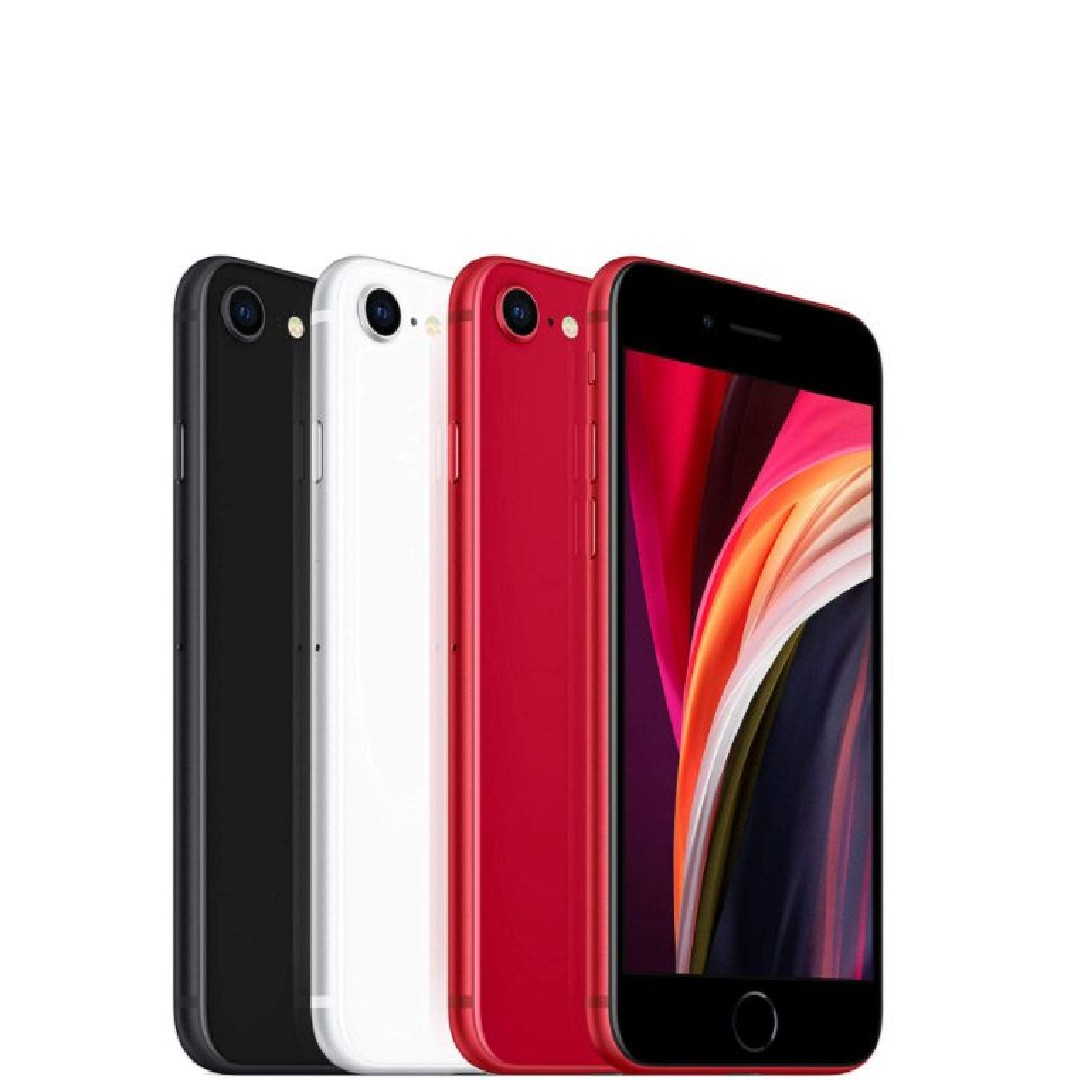
If you want a cheap (relatively speaking) iPhone and don't mind a small (4.7 inch) screen, this last-gen iPhone SE offers many of the same advanced capabilities and performance you'll find in much more expensive models.
Read more below
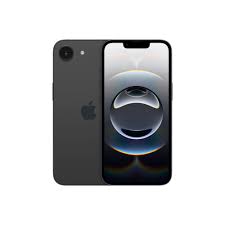
If you really want one of the very latest iPhones, but want to minimise your spend, this 2025 successor to the iPhone SE offers a lot of the features and capabilities at a more affordable price. It's still pretty expensive, but it's very definitely the cheapest in the iPhone 16 series. Read more below
Best budget camera phones
Why you can trust Digital Camera World
Best camera phone under $500
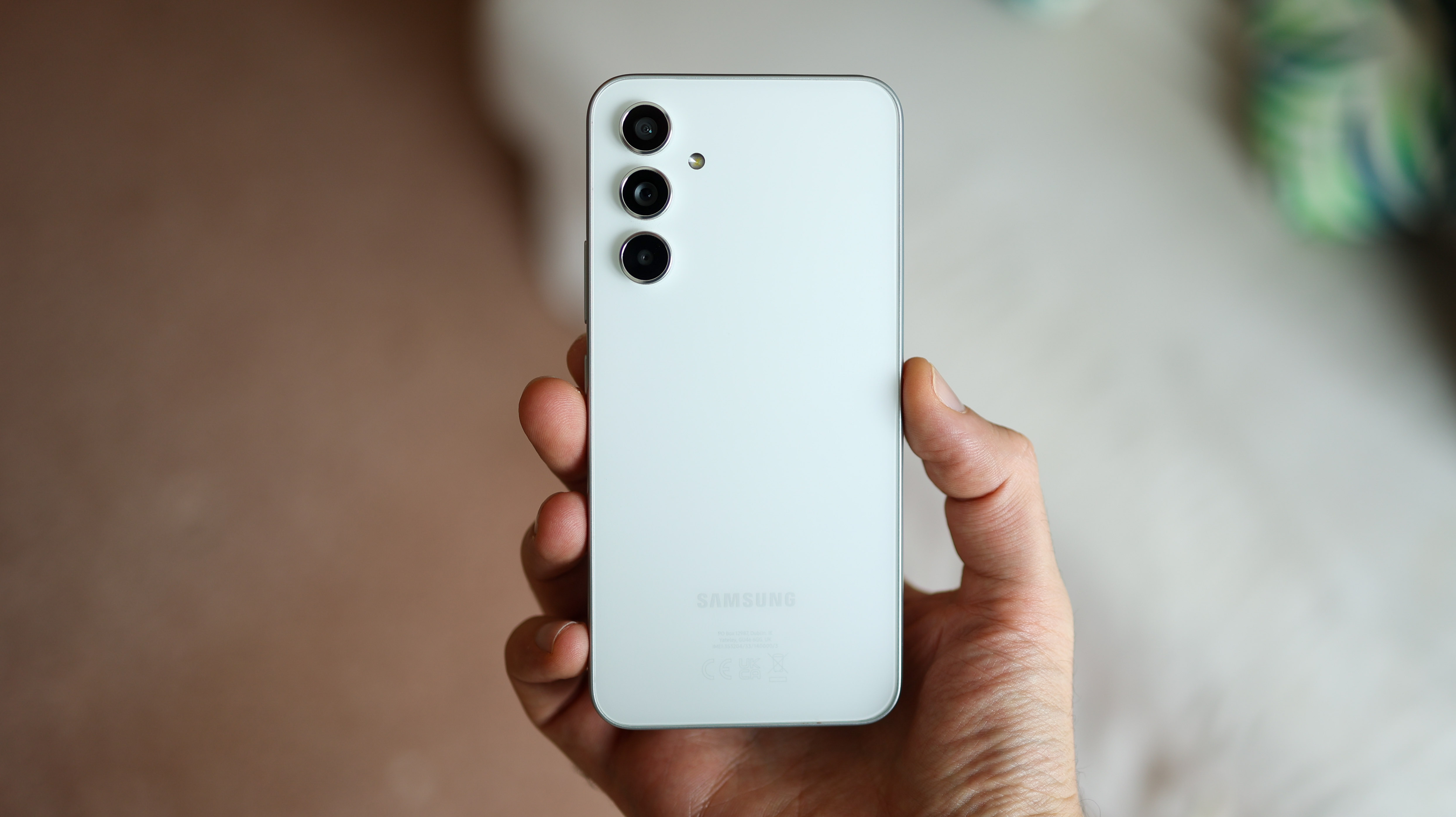
Specifications
Reasons to buy
Reasons to avoid
We don't think Samsung’s A54 5G is the best phone around when it comes to style or power, and for photography enthusiasts, its camera system is hamstrung by some particularly heavy-handed processing. However, if you can appreciate Samsung’s very saturated, high-impact look, then it could be the best budget camera phone for you.
Photos are clear and sharp, with excellent resolution, and the fact it combines optical image stabilization with a large primary sensor means shots and videos look well held together, even at night. For anyone who is embedded in the Samsung ecosystem, and wants a new device without having to pay out for the much pricier Galaxy S22 range, then we think this might just be the best phone for you. For more details, read our Samsung A54 5G review.
Best budget camera phone under $400
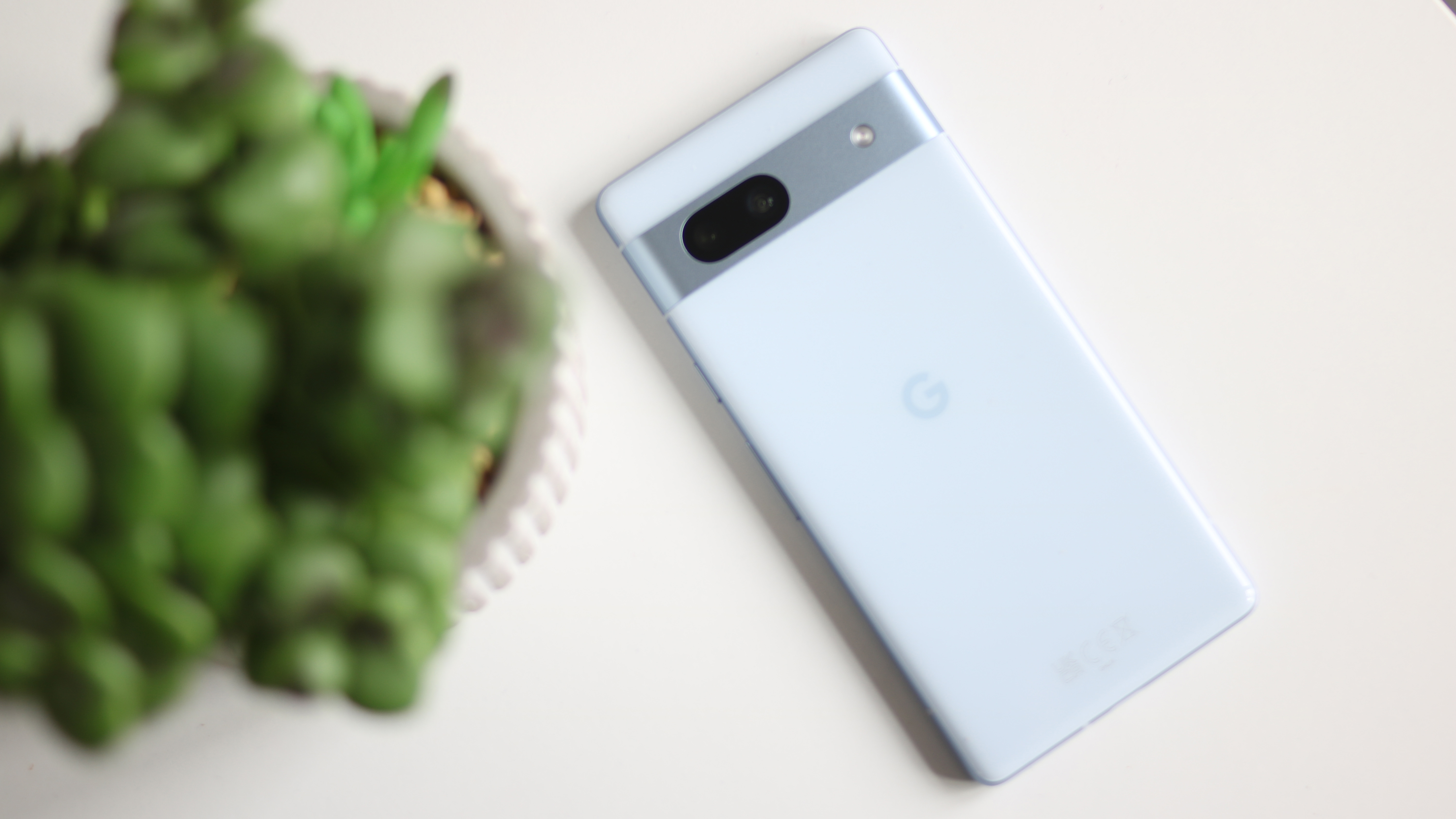
Specifications
Reasons to buy
Reasons to avoid
Launched in May 2023, the Pixel 7a is a fun little device packed with helpful features. It might not be the best overall phone, but it certainly superb value for money. With outstanding camera software, heaps of processing power, and a low price, it's an unbeatable choice for anyone with just under $400 to spend.
At 6.1 inches, the Google Pixel 7a is as small as a modern smartphone can be without overly reducing quality. It isn’t quite as little as the iPhone SE but it is still smaller than what most consumers will be used to. This might not be for those with massive hands, though, or people that want a big bright screen for streaming. For more details, read our Google Pixel 7a review.
Best budget camera phone under $300
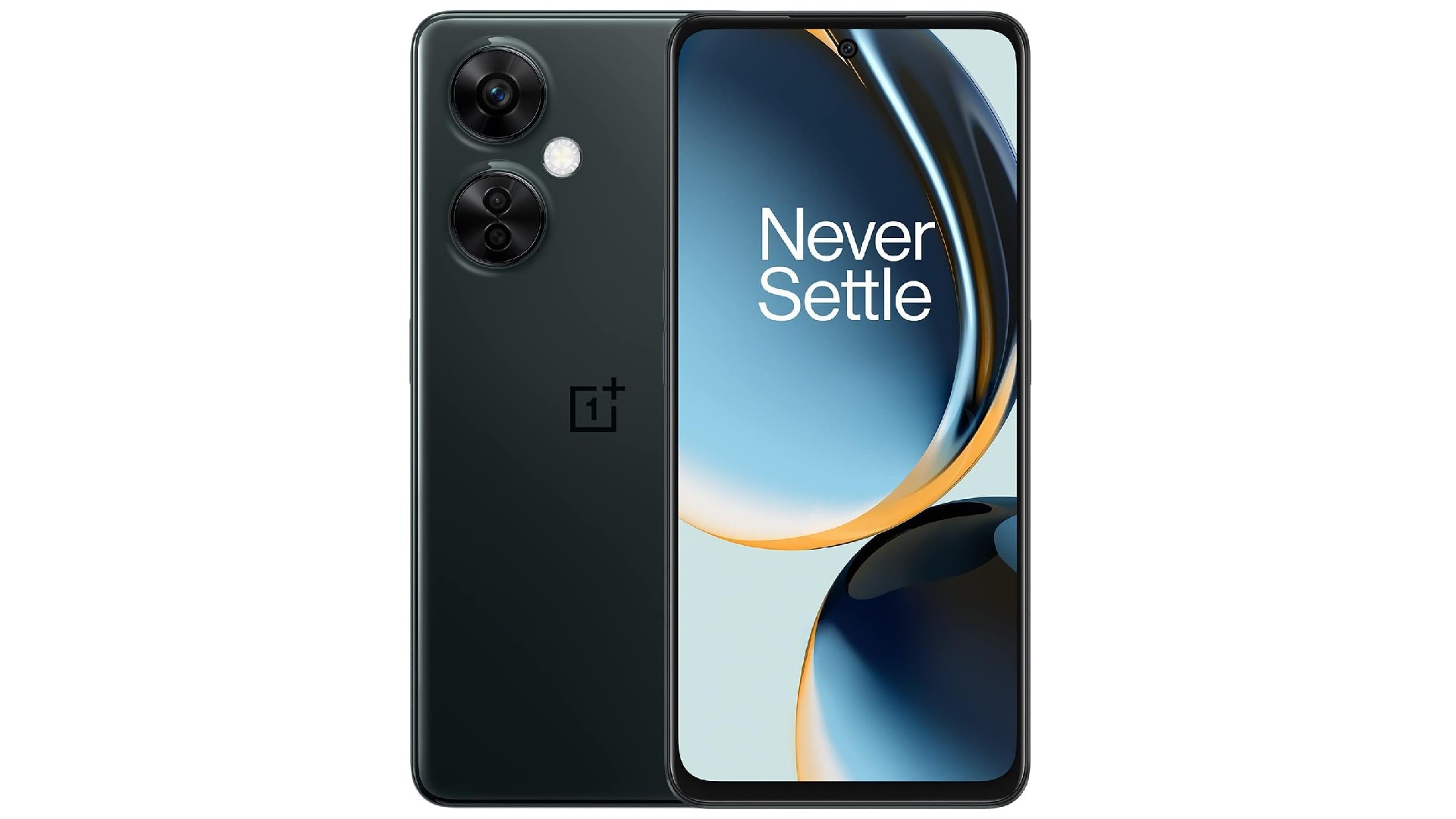
3. OnePlus Nord N30
Specifications
Reasons to buy
Reasons to avoid
The OnePlus Nord N30 5G is the best budget phone under $300 right now, offering great value for the price. Its strengths include an expansive 6.72-inch 120Hz display, excellent battery life from the 5,000mAh battery and fast 50W wired charging.
Of course, you do get what you pay for. So compared with a premium phone, camera performance is inconsistent, with the 108MP main camera struggling in some conditions. It also lacks an ultra-wide lens. Overall, though, you're gettting a big screen, long battery life and great performance from the Snapdragon 695 chip, making it a great value for the low price.
Best budget camera phone under $150
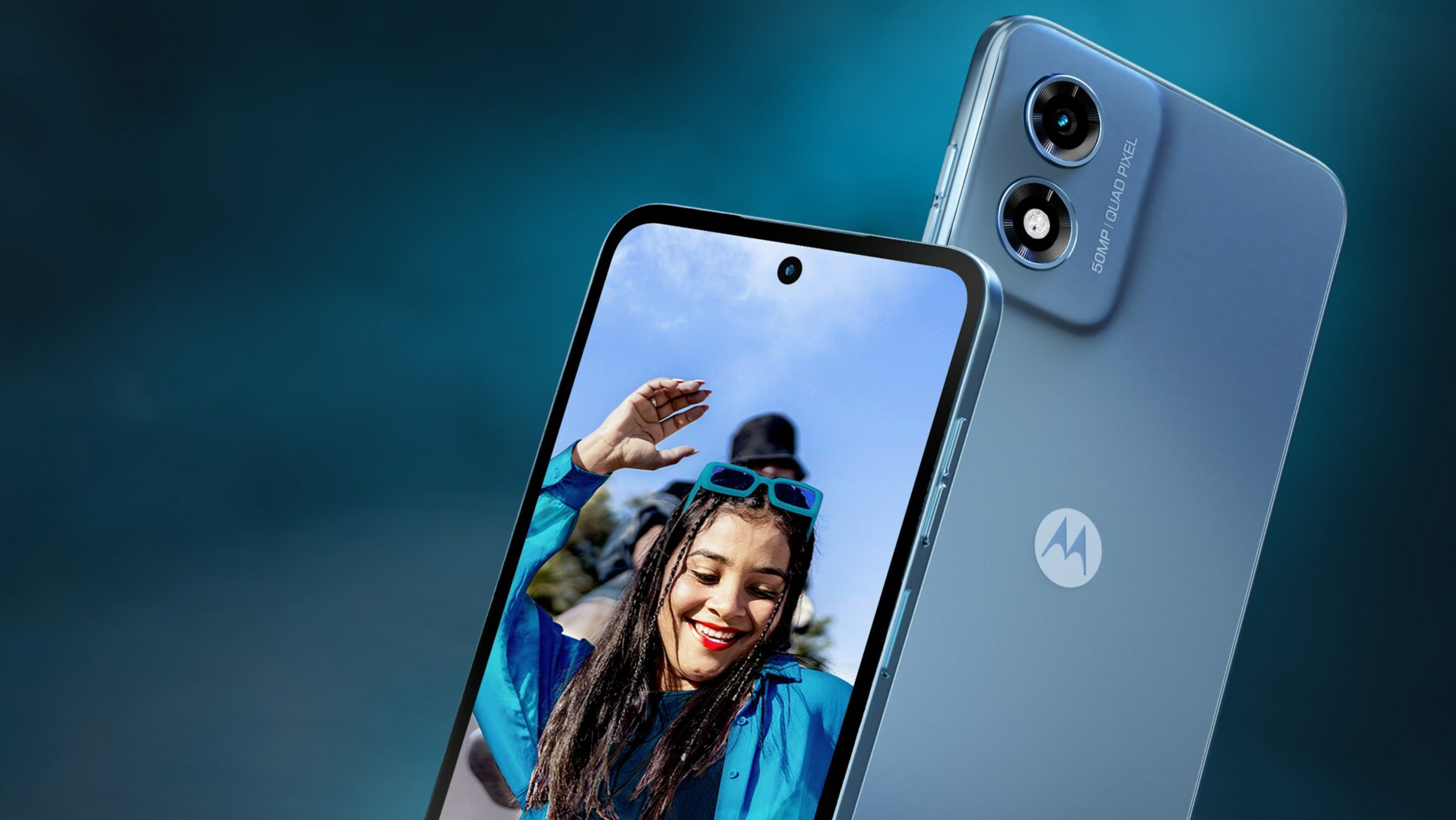
4. Motorola Moto G Play (2024)
Specifications
Reasons to buy
Reasons to avoid
A 50MP camera phone for just $150? Yes, that's right! Currently available in the US only, the Moto G Play (2024) is an affordable Android smartphone will some appealing features including a stylish design with decent durability (IP52 rating), expandable storage via microSD, and a 3.5mm headphone jack.
That said, it has several shortcomings as well, most notably the lack of 5G connectivity. The cameras are underwhelming, struggling in low light and with tasks like portrait mode.
With a Snapdragon 680 4G chipset, 4GB RAM and 64GB storage, performance is sufficient for basic tasks but not ideal for demanding games. The 6.5-inch 720p LCD display gets bright enough but lacks vibrancy compared to OLED panels. Still, it's very affordable, battery life is good and there's 15W wired charging support too.
Best budget iPhone
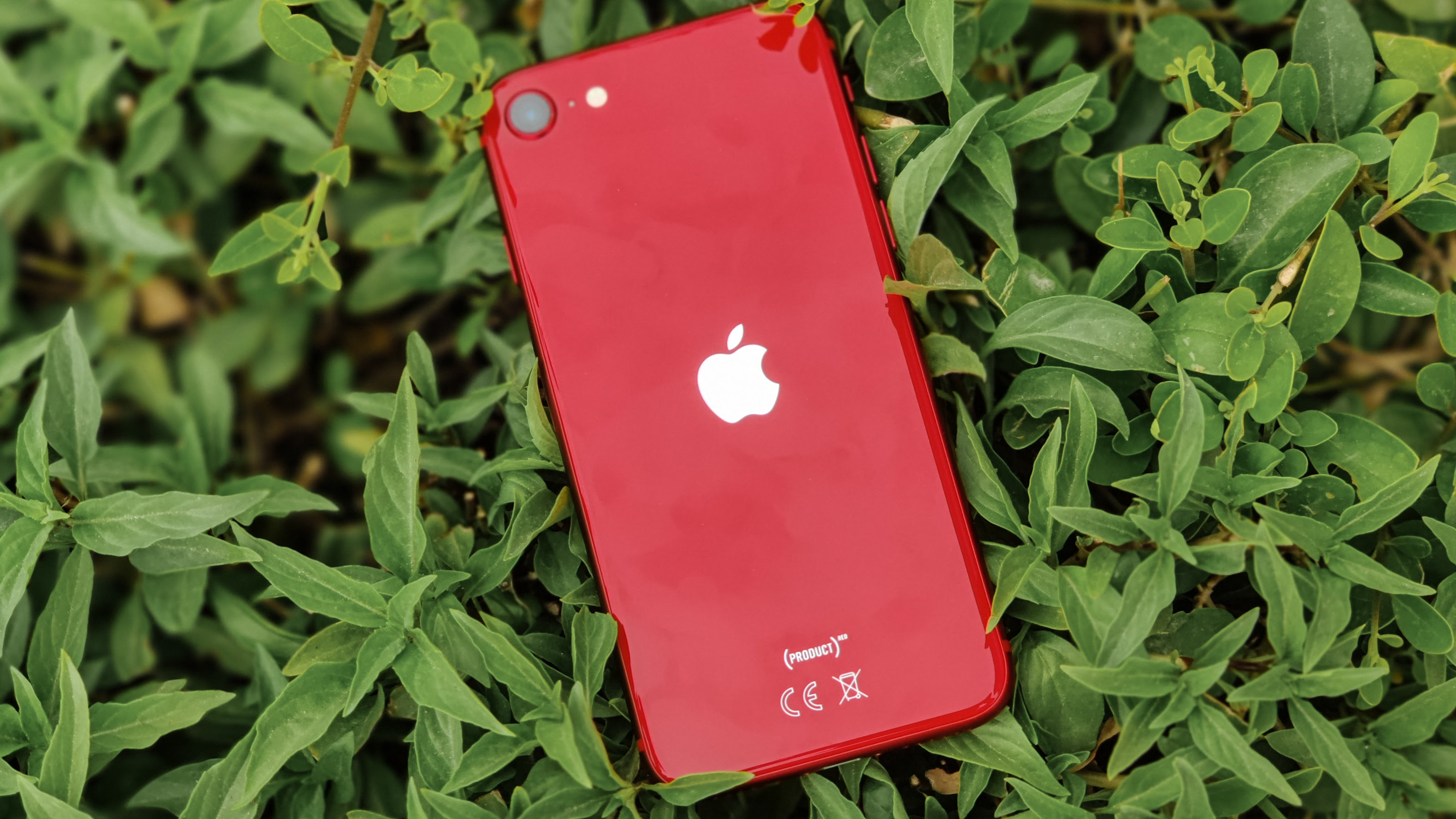
5. iPhone SE (2022)
Specifications
Reasons to buy
Reasons to avoid
If you want a cheap (relatively speaking) iPhone and don't mind a small 4.7-inch screen, the 2022 version of the iPhone SE is our top recommendation. At a quite affordable price (under $450 on Amazon at time of writing), you'll get many of the same advanced capabilities and performance you'll find in much more expensive iPhones.
This latest iteration of the iPhone SE features 5G, longer battery life, and improved durability. It also features an all-new camera system powered by A15 Bionic, with a 12MP f/1.8 aperture wide camera on the rear that offers great tools like Portrait mode and the same Smart HDR 4 tech as the iPhone 13. The rear camera (7 MP, f/2.2) isn't half bad, either.
The iPhone SE (2022) is rated IP67 for water and dust resistance features the familiar Home button, and supports Touch ID – an easy, private, and secure alternative for logging in to apps, authorizing purchases, and making Apple Pay transactions.
The cheapest iPhone 16
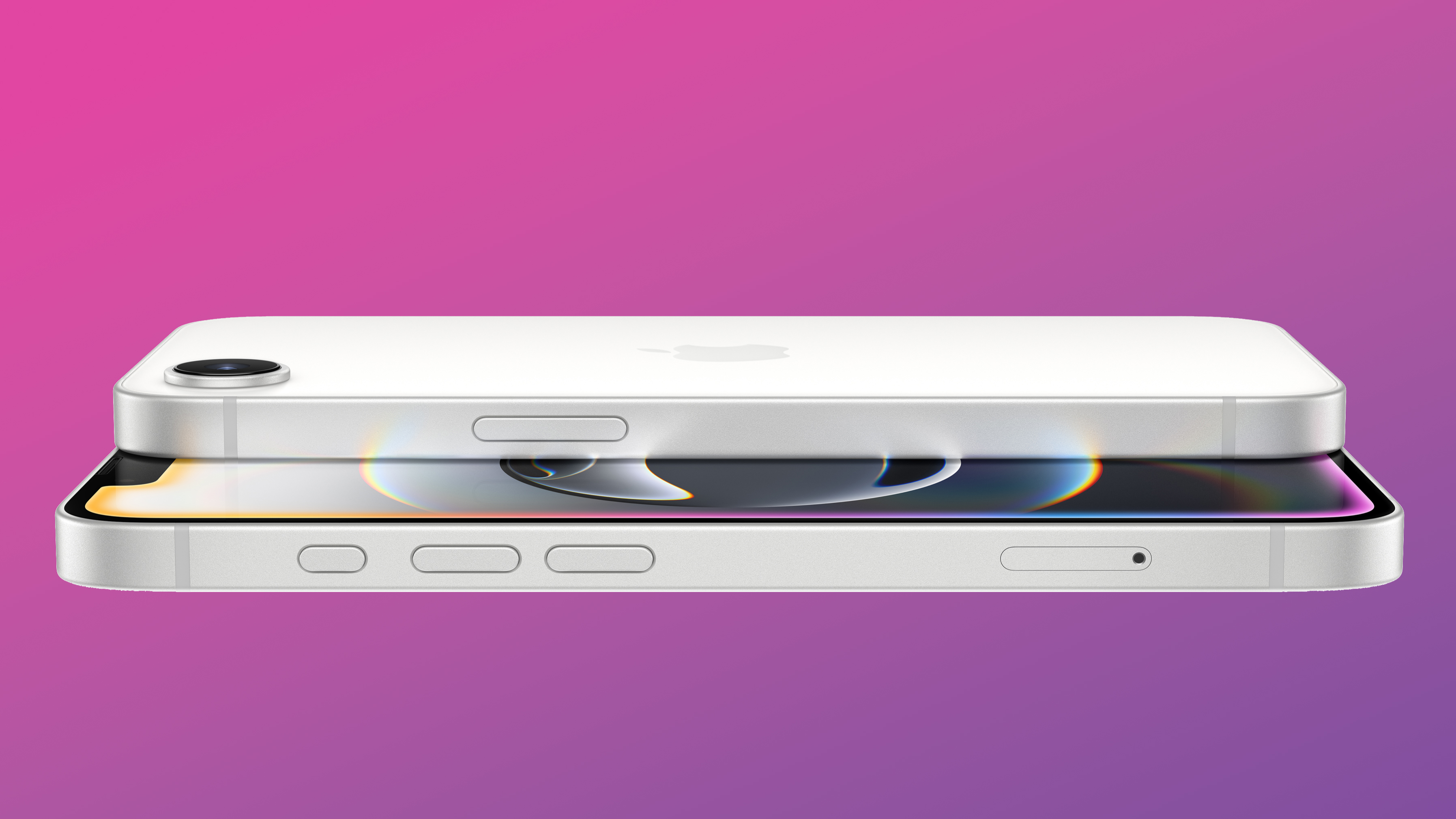
6. iPhone 16e
Specifications
Reasons to buy
Reasons to avoid
If you want to buy into the latest iPhone 16 series then the 16e, released in 2025, is the cheapest in the range. It's technically a successor to the budget iPhone SE (2022), number 5 on our list, although at $599 for the base 128GB model, it's much more expensive.
On the plus side, 16e features a larger 6.1-inch OLED display, replacing the previous 4.7-inch screen. You also get Face ID, USB-C connectivity, the Action button and supports Apple Intelligence. There's only one camera on the back, but it's a decent 48MP Fusion sensor with advanced features including optical image stabilization and various photography modes.
To learn more, read our articles iPhone 16e – six things photographers need to know and iPhone 16E is too expensive UNLESS you do this.
FAQs
Is it wrong to buy a budget camera phone?
Not at all. While flagship phones from brands like Samsung, Google, and Apple offer the best camera performance, mid-range and budget phones can still take very good photos that are sufficient for most users' needs.
Yes, flagships have larger sensors, more megapixels, and better zoom capabilities. But budget phones can still produce nicely exposed photos with good dynamic range, accurate autofocus, and punchy colors in most situations.
Also, mid-range phones are increasingly getting features like optical image stabilization that used to be reserved for flagships, helping improve image quality. And outside of photography, mid-range phones provide a smooth general user experience for most tasks while costing much less than flagships.
For more on this, read Ben Andrews' article I won't spend more than $300/£240 on a camera phone, and you shouldn't either.
What are the main downsides of budget camera phones?
There are a number of common downsides of budget camera phones compared to their higher-end counterparts. Firstly, you'll get lower image quality. Budget phones have smaller sensors that capture less light, resulting in noisy/grainy low-light photos and less detail overall. They also typically lack optical zoom capabilities.
You'll also get slower performance. With less powerful processors, budget phones can have slower autofocus, shutter speeds, and overall camera app responsiveness. There may also be delays between capturing shots.
Finally, budget phones may get software updates and security patches slower than flagships and have lower resale value due to faster camera tech advances.
Can I improve the camera quality with software?
Yes, there are a number of third-party camera apps that offer more features and controls than the camera app on your phone. These apps can sometimes improve image quality by allowing you to adjust settings like white balance, exposure, and focus more precisely. Features such as RAW capture and HDR+ processing can help you capture more detail in your images. For more, see our guide to the best camera apps.
How to choose the best budget camera phone
With so many budget camera phones, how do you pick the best one for you? The important thing is not to get too distracted by megapixels (MP). While a higher MP count can mean sharper images, it's not the whole story.
Other factors you should also consider include sensor size/ Bigger sensors capture more light, leading to better low-light photos. Also a wider aperture (written as f/1.8 or lower) lets in more light, blurring backgrounds and excelling in low-light. Then there's image stabilization, which reduces blur caused by shaky hands, especially crucial for low-light and zooming. Look for Optical IS (OIS) for the best results.
Aside from megapixels, check the camera app's functionalities. Does it offer features you desire, like portrait mode, night mode, or pro mode for manual controls?
How we test camera phones
As a photography website, we pay special attention to the photo and video quality of camera phones. We rate resolution, noise and color rendition in the context of what rival cameras can do, and if there are any special features, such as ‘night modes’ or ‘portrait modes’, we check that these perform as described. Camera phones are all-round digital assistants too, of course, so we also check general handling, usability, and practicality – such as battery life.
Get the Digital Camera World Newsletter
The best camera deals, reviews, product advice, and unmissable photography news, direct to your inbox!

Gareth is a photographer based in London, working as a freelance photographer and videographer for the past several years, having the privilege to shoot for some household names. With work focusing on fashion, portrait and lifestyle content creation, he has developed a range of skills covering everything from editorial shoots to social media videos. Outside of work, he has a personal passion for travel and nature photography, with a devotion to sustainability and environmental causes.
